The harbinger of death – the death cap (Amanita phalloides), is here. Learn to recognize it easily
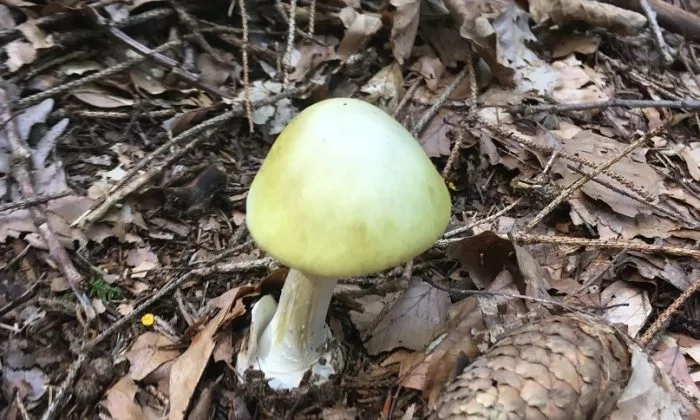
The most poisonous mushroom in Central Europe is growing right now – because of favourable weather conditions and it started to grow a lot, together with other mushrooms. Well, it has been growing abundantly in the past as well, but there were much fewer fruiting bodies in the our forest. Since we all have a better chance to find death cap, we should take a closer look at this deadly mushroom. It is said that just 0.5g will kill up to 100,000 mice! If you stack them side by side they would form a line 18km long! This number is shocking, isn’t it?. There have been quite a few cases of mushroom poisonings throughout the history and we shall mention some at the end of the article. But first, let us focus on the typical features of this mushroom and how you can possibly confuse it with other mushrooms.
Typical signs of death cap
The characteristic features of death cap are rather clear and any person should recognize it relatively easily and not confuse it with any other mushroom. For clarity, we shall list them separately.
Egg-like shape when young
A very young death cap resembles an egg. This is how the white membranous covering looks like. It is called Velum universale in Latin.
Distinctive membranous veil
Most toadstool mushrooms are covered by a veil at the beginning of their growing stage. Death cap got its name from the veil leftover that is left behind at the bottom. It is a white membranous sheath, and its fragments often remain even on larger fruiting bodies.
Green and white colour
The colour of the pileus is usually deep green to brindle-like patterns. But you can often find different variations of white shades. Some death caps are only white. If that is the case, we call it Amanita phalloides var. Albums.
White membranous ring
In the upper part of the cylindrical or club-shaped stipe you will find a membranous ring which is usually pure white, or it may be resemble greenish brindle.
White flesh
Death cap has a white pulp and white peels. If you cut it, the colour does not change.
Death cup may be easily confused with other mushrooms
Most often, people confuse death caps with white mushrooms (Champignons). These, of course, do not grow from a death goblet and rarely have pure white peels. Perhaps the only exception is a wood-loving wood mushroom (Agaricus silvicola) . But this one certainly does not have green pileus. But there have been cases reported when people confused the death cap with parasol mushroom (Macrolepiota procera). Neither of these possible candidates for confusion has the leftover death cap, and the parasol mushroom is usually much taller and it often has brown scales on the pileus. Death cap can also be confused with rosy toadstool. It does not have the death cup either and it turns pink when cut – that includes the spots where warms ate their way through… Some novice mushroom pickers may confuse death cap with holubinka. Russula aeruginea or Russula heterophylla. But neither of them have the death cup and also the overall composition of the stipe and pileus is different.
Up to 90% of all deaths from mushroom poisonings are credited to death cap
The numbers are clear. The death cap is truly the most poisonous mushroom. Phallotoxins and amatoxins are to blame. Poisoning usually occurs after 8 to 12 hours and starts with vomiting and diarrhoea which lasts for around 2 days. This may result in liver or kidney failure, or tachycardia, and also blood pressure may drop. Death occurs on the 4th to the 12th day after poisoning. Even today many mushroom pickers are poisoned by death cap every year. According to the statistics, 75 % of them survive. A brief history. Allegedly, death cap was used to poison the Roman emperor Claudius and probably also Charles VI.
Photo Radek Štěpán

Gardening is my hobby, I have a lot of experience and I am happy to share it.
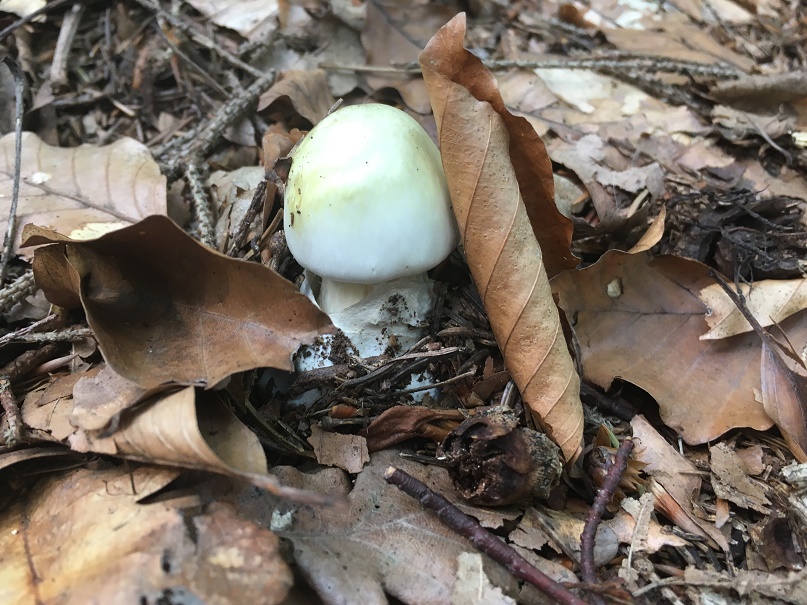
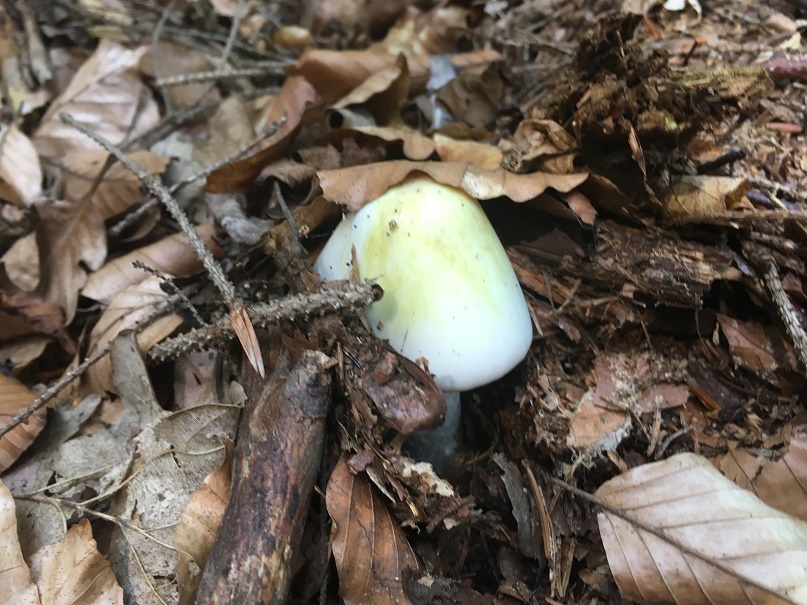


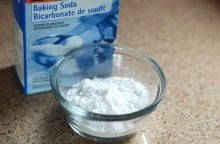

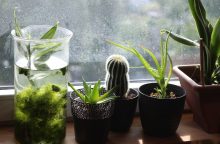
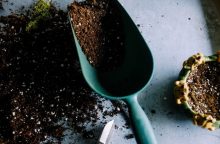
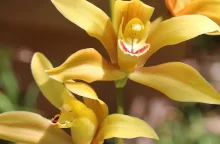
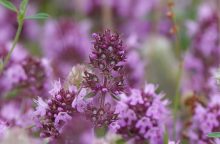
0 comments